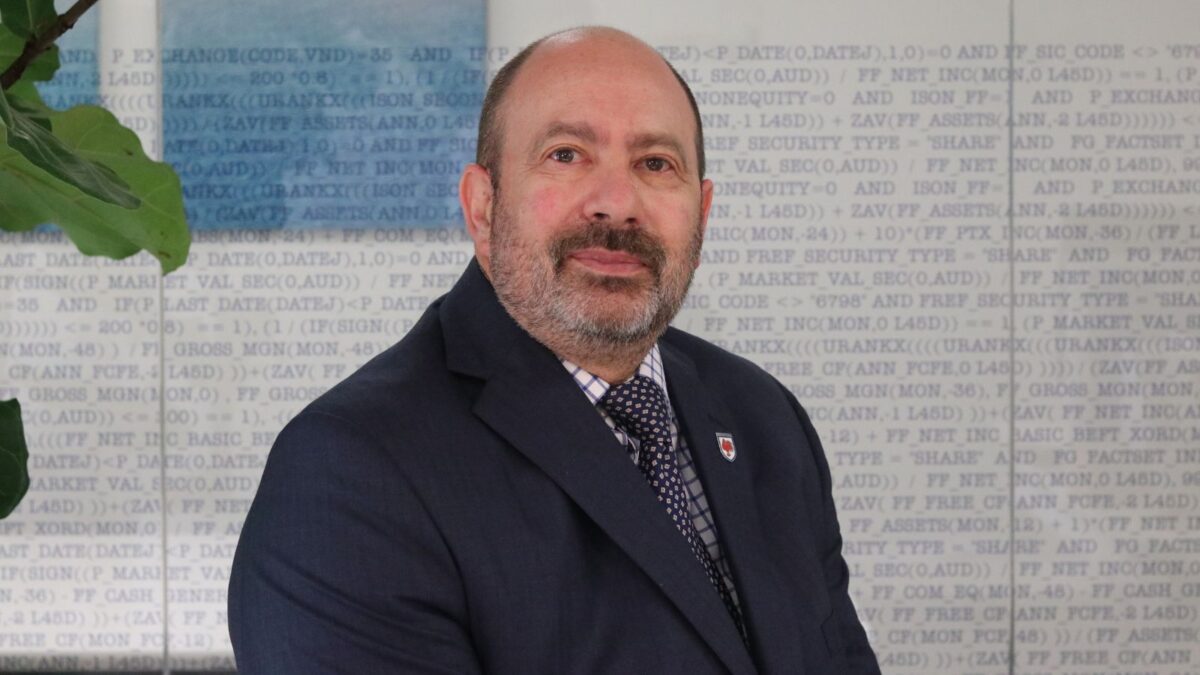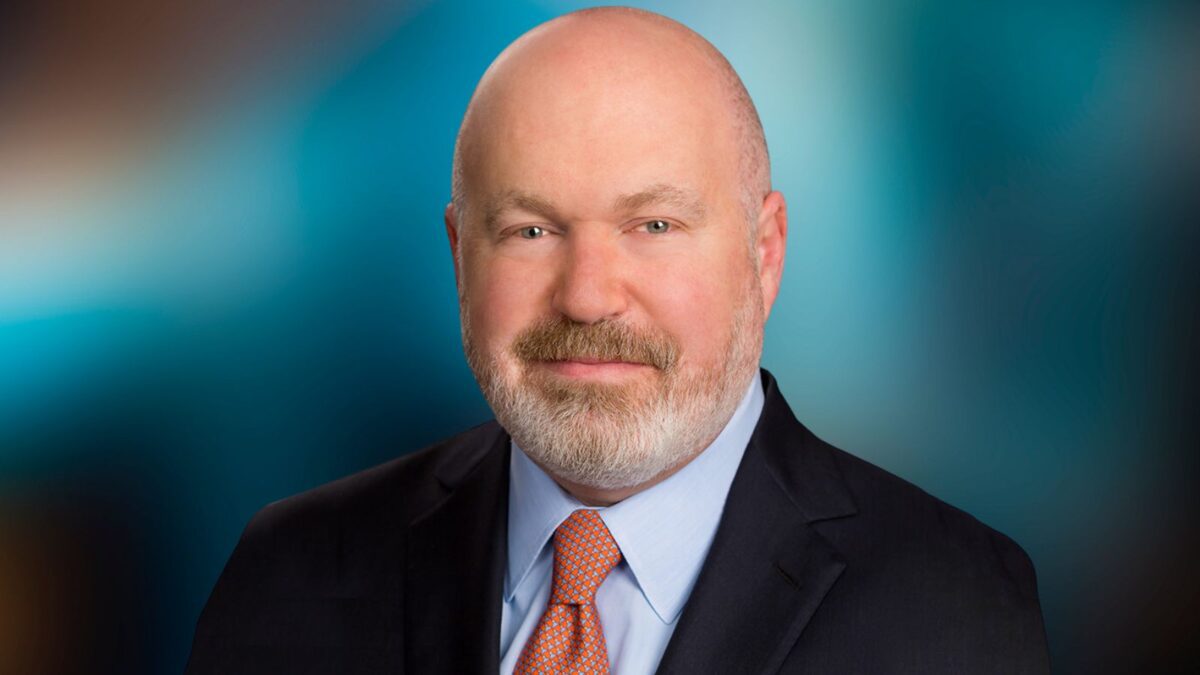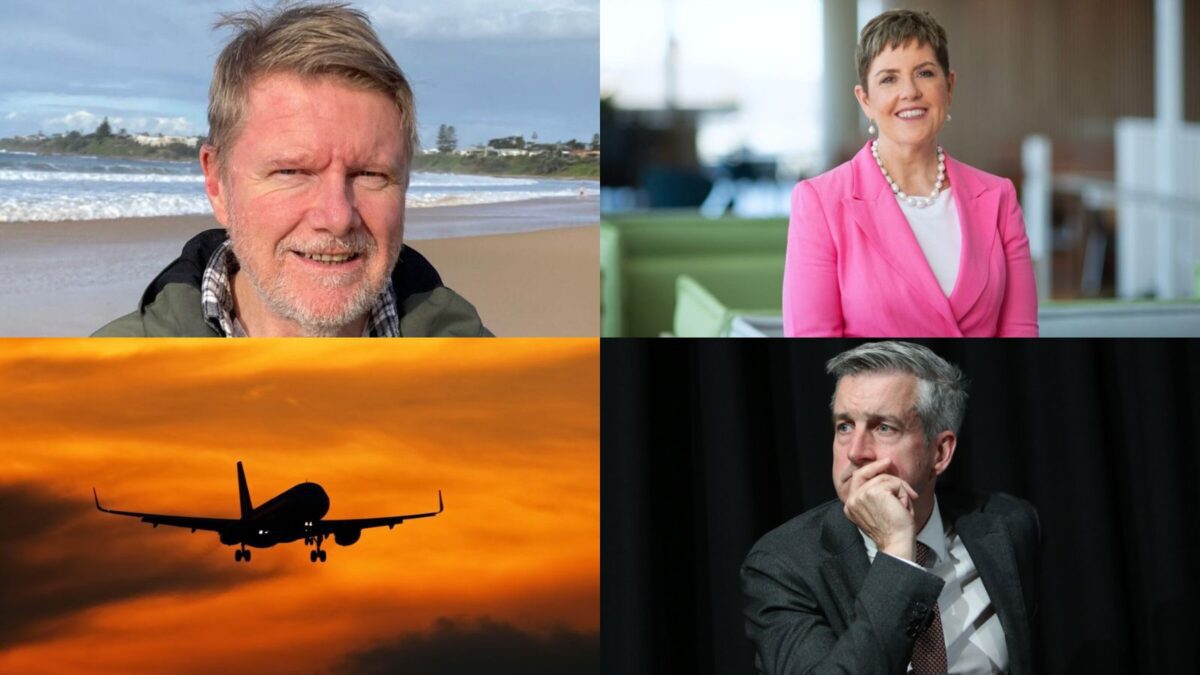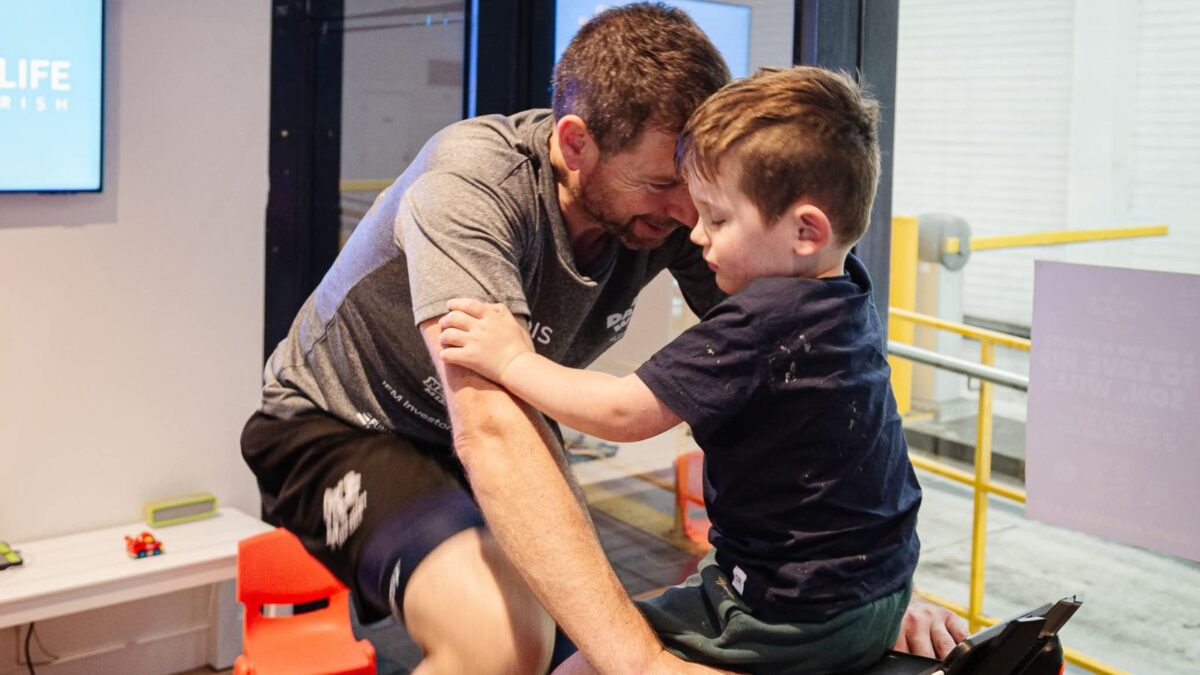Liability management and illiquids: where to PE?
(Pictured: David Simons)
The Future Fund won’t peak in size until 2030 if the Government draws down the maximum it is permitted under the organisation’s specific legislation, but is already managing its liabilities and has set up a strategy unit devoted to the task. Nevertheless, the Future Fund remains the poster child for Australia’s struggling private equity industry.
At last week’s annual private equity and venture conference, produced in Sydney by the Asian Venture Capital Journal, a common theme was lack of investment in Australian private equity general partners (GPs) by big local institutional investors (limited partners – LPs).
At least the Future Fund has an allocation of about 30 per cent to alternatives, according to advisor John Brakey, of Principle Advisory Services, and yet, from his point of view, it seems to have the same long-term liability profile as big super funds, which invest much less.
But all is not good news for Australian GPs with the Future Fund. Because of its size – about $105 billion – it is forced to look globally for opportunities. David Simons, the fund’s director, private equity, said the fund, which commenced investing in 2007, had a “very young” PE program. It has committed $15 billion to PE across 27 manager relationships, with a little co-investing (under its legislation the fund must invest through third parties). It has two Australian managers on its list.
(The Future Fund, as of September 30 last, had: 8.8 per cent in PE; 7.4 per cent in infrastructure and timberland; and 13.8 per cent in “alternative assets”. It also had 5.8 per cent in property and 11.3 per cent in “debt securities”.)
Similarly, Sunsuper, which has a longer track record in alternatives, has $2 billion invested in PE and another $1 billion committed. But 80 per cent of this was offshore.
Neil Stanford, the former JANA consultant who has headed up private equity at HostPlus since mid last year, said you couldn’t treat all LPs as an homogeneous group. “Funds like ours have a young member demographic and are growing strongly. Others have older demographics and if they deal with illiquids they need a coupon, which makes it difficult.”
One thing is certain, though: big super funds are regulated by APRA and, to a lesser extent, ASIC. The Future Fund is not. It is APRA which has been urging caution on illiquids since the global crisis. Some funds believe that anything above 25-30 per cent of their portfolio in illiquid assets attracts a lot of questioning by APRA, which may be limiting the returns to members. When coupled with the fee obsession of My Super, returns may also be limited by a fund’s inability to attract the best – and perhaps higher fee-charging – managers.
Sheridan Lee, principal of Shed Enterprises, who moderated the LP session at the conference, said that in a post-Cooper environment, PE was no longer a favourite child of super funds. “Is there a need for some lobbying of the regulators about this?” she asked. “As a member, I’m asking: ‘how do we get super funds to improve their performance through an increased allocation to PE?”
Simons said: “As they say: you don’t ask a barber if you need a haircut. If there is to be a charm offensive, then it probably should come from the investors rather than the GPs.”









